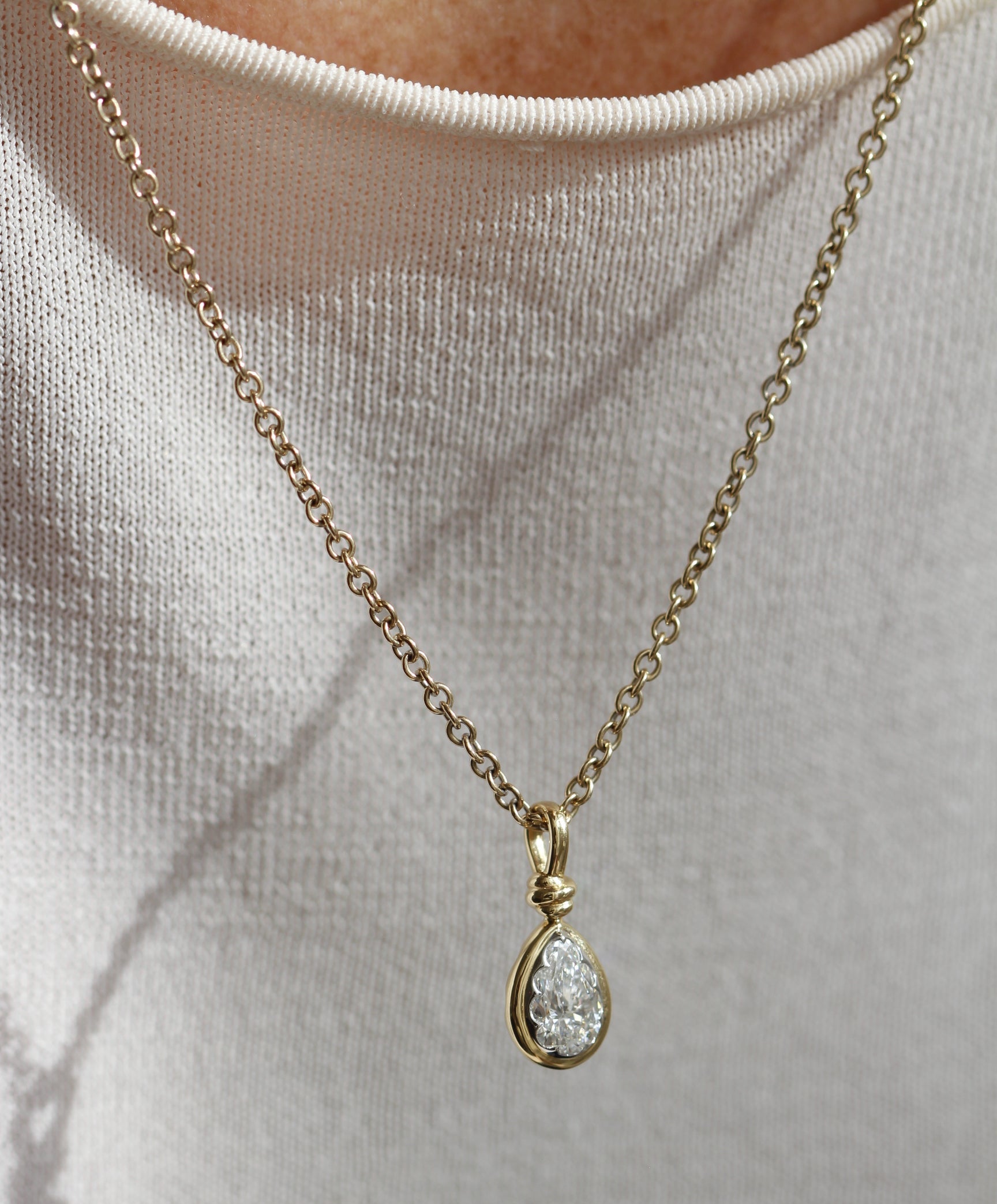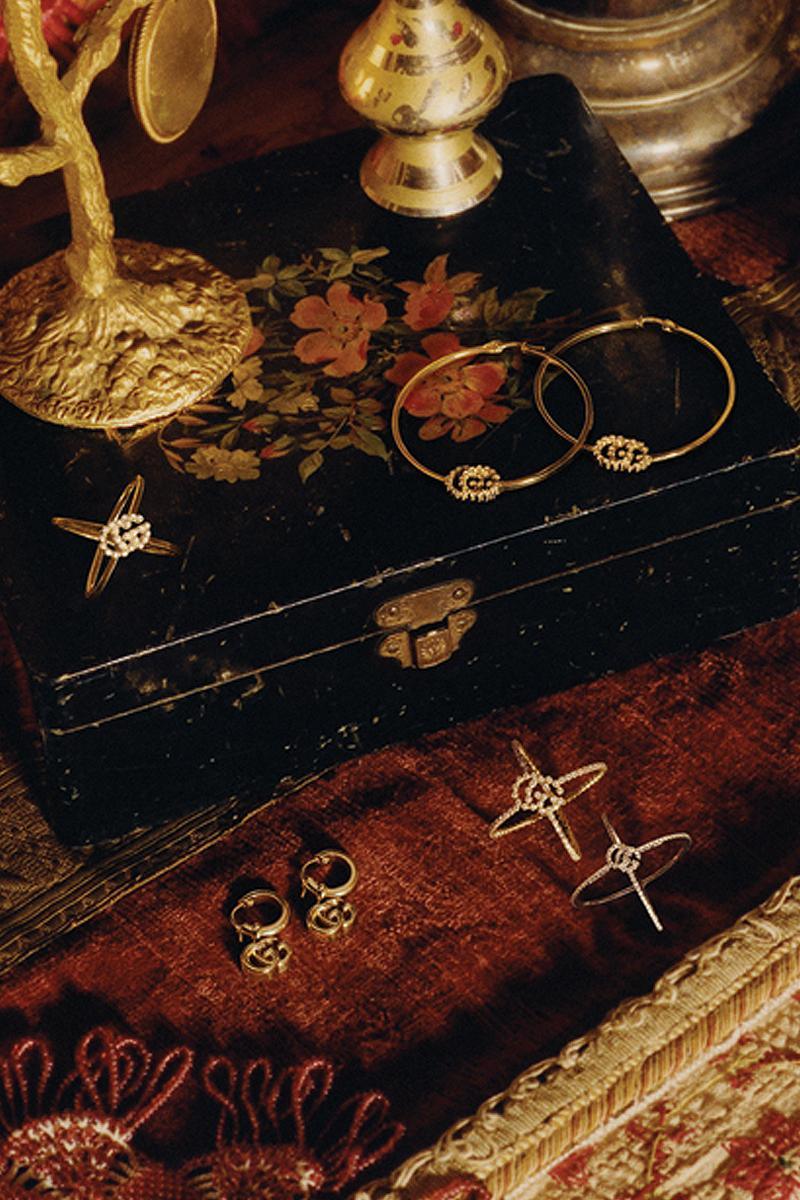
What is a Diamond? - A Scientific View into a Diamond
A diamond is not only about romance, it is also the ability of a diamond to form under a special set of scientific circumstances. We are going to explore these for you so you can have a better understanding.
What makes a diamond so special? Different people have different answers to that question. A research scientist might say it's the conditions under which a diamond forms in the earth. An economist might say it's their rarity. A consumer might say it's their association with love and beauty. And they would all be right.
The natural world is commonly divided into three kingdoms: animal, plant, and mineral. Members of the animal and plant kingdoms are alive, making them organic. Minerals are not, making them inorganic. Diamond is a mineral. Minerals can be found everywhere, from common table salt to minute quartz grains found in beach sand.
Atoms are the basic structural units of all matter. Every mineral is defined by the types and relative quantities of its atoms. This is called chemical composition. It's also defined but the arrangement of its atoms (its atomic structure) which is usually orderly and predictable.
A chemical element is a substance that consists of only one kind of atom. Most minerals are combinations of two or more elements. Colourless synthetic spinel, for example, looks a little like diamond at first glance. In fact, it was once used in jewellery as a common diamond imitation. But it's made of thee elements: magnesium, aluminium, and oxygen.
Diamond is the only gem made of a single element: carbon. Diamond is typically about 99.95% carbon. The other 0.05% can include one or more trace element(s), which are atoms that are not part of a diamonds essential chemistry. Some of them can influence their colour or shape.
Formation conditions also help determine a mineral's identity. Diamond forms under high temperature and pressure conditions that exist only within a specific depth range beneath the earth's surface. Graphite, like a diamond, contains only carbon, but its formation process is very different. The result is that graphite is so soft that you can write with it, while the diamond is so hard that you can only scratch it with another diamond.
Without these unique factors, a diamond might be just another mineral. Fortunately, though the magic combination of composition, structure, and formation gives diamonds the qualities that make them extraordinary.
It is the rare formation of each diamond under a special set of scientific circumstances that makes a diamond so precious. Is this what gives the diamond in an engagement ring its famed 'eternal romance'? We like to think so as the formation of a diamond is very special.





